Coexistence of ice and liquid water breaks down at the nanoscale
Tag: Molecular Physics
Light-based ‘tractor beam’ assembles materials at the nanoscale
Modern construction is a precision endeavor. Builders must use components manufactured to meet specific standards — such as beams of a desired composition or rivets of a specific size. The building industry relies on manufacturers to create these components reliably…
Scientists spy unstable semiconductors
New observations using state-of-the-art techniques could help to build better electronics in smartphones, GPS and satellites
Scientists spy unstable semiconductors
New observations using state-of-the-art techniques could help to build better electronics in smartphones, GPS and satellites
Science: Sensing magnetism in atomic resolution with just a scanning tunneling microscope
Researchers use single molecule on microscope tip as a sensor to detect magnetic moments with unprecedented spatial resolution
Science: Sensing magnetism in atomic resolution with just a scanning tunneling microscope
Researchers use single molecule on microscope tip as a sensor to detect magnetic moments with unprecedented spatial resolution
Scientists spy unstable semiconductors
New observations using state-of-the-art techniques could help to build better electronics in smartphones, GPS and satellites
Scientists probe the limits of ice
Coexistence of ice and liquid water breaks down at the nanoscale
Light-based ‘tractor beam’ assembles materials at the nanoscale
Modern construction is a precision endeavor. Builders must use components manufactured to meet specific standards — such as beams of a desired composition or rivets of a specific size. The building industry relies on manufacturers to create these components reliably…
Science: Sensing magnetism in atomic resolution with just a scanning tunneling microscope
Researchers use single molecule on microscope tip as a sensor to detect magnetic moments with unprecedented spatial resolution
Scientists probe the limits of ice
Coexistence of ice and liquid water breaks down at the nanoscale
Light-based ‘tractor beam’ assembles materials at the nanoscale
Modern construction is a precision endeavor. Builders must use components manufactured to meet specific standards — such as beams of a desired composition or rivets of a specific size. The building industry relies on manufacturers to create these components reliably…
Controlling ion recognition in reactive host-guest systems
Sometimes a molecule can only undergo a particular chemical reaction if it forms a so-called host-guest complex together with another molecule — the two molecules are then bound together not by covalent bonds but by intermolecular forces. What happens is…
Masashi Watanabe elected to inaugural class of Microanalysis Society Fellows
Professional association honors electron microscopy expert and Lehigh University materials science and engineering professor for outstanding leadership and innovation
Electrochemistry to benefit photonics: Nanotubes can control laser pulses
An international team of scientists led by researchers from the Laboratory of Nanomaterials at the Skoltech Center for Photonics and Quantum Materials (CPQM) has shown that the nonlinear optical response of carbon nanotubes can be controlled by electrochemical gating. This…
Forward or backward? New pathways for protons in water or methanol
A collaborative ultrafast spectroscopy and ab initio molecular dynamics simulations study shows that proton vacancies in the form of hydroxide/methoxide ions are as relevant for proton transfer between acids and bases as hydrated excess protons (H3O+, H5O2+), thus pointing for…
A simple way to control swarming molecular machines
The swarming behavior of about 100 million molecular machines can be controlled by applying simple mechanical stimuli such as extension and contraction. This method could lead to the development of new swarming molecular machines and small energy-saving devices. The swarming…
Accidental discovery of strong and unbreakable molecular switch
An organic material that can repeatedly change shape without breaking would have many useful applications, such as artificial muscles, pumps or as a switch. Physicists at Radboud University accidentally discovered a material with that property. Their findings will be published…
Pressure may be key to fighting climate change with thermoelectric generators
New way to use compression techniques to improves thermoelectric performance, bringing researchers closer to practical applications that could help fight climate change
The fast dance of electron spins
Chemists investigate the interactions of metal complexes and light
Next-generation single-photon source for quantum information science
Kwiat group achieves most efficient single-photon production ever
New metasurface design can control optical fields in three dimensions
A team led by scientists at the University of Washington has designed and tested a 3D-printed metamaterial that can manipulate light with nanoscale precision. As they report in a paper published Oct. 4 in the journal Science Advances , their…
New research identifies the strengths and weaknesses of super material
Scientists from Aarhus University and the University of Cambridge are first to measure and set guidelines for bolted joints using the up-coming replacement for Kevlar: the ultra-strong material with the catchy name ultra-high molecular weight polyethylene
FEFU scientists developed high-precision sensor based on laser-textured gold film
Scientists of Far Eastern Federal University (FEFU) with colleagues from Russia, Japan, and Australia have developed a multi-purpose sensor based on a specially designed gold film which surface contains millions of parabolic nanoantennas produced by femtosecond laser printing. The sensor…
Borophene on silver grows freely into an atomic ‘skin’
Rice scientists lead effort to improve manufacture of valuable 2D material
Life’s building blocks may have formed in interstellar clouds
An experiment shows that one of the basic units of life — nucleobases — could have originated within giant gas clouds interspersed between the stars. Essential building blocks of DNA — compounds called nucleobases — have been detected for the…
Physicists found weak spots in ceramic/graphene composites
Physicists found out the structures in nanomaterials made of ceramic and graphene plates, in which cracks appear most frequently
CCNY physicists score double hit in LED research
In two breakthroughs in the realm of photonics, City College of New York graduate researchers are reporting the successful demonstration of an LED (light-emitting diode) based on half-light half-matter quasiparticles in atomically thin materials. This is also the first successful…
Bottom-up synthesis of crystalline 2D polymers
A dream finally comes true
DNA is held together by hydrophobic forces
Researchers at Chalmers University of Technology, Sweden, disprove the prevailing theory of how DNA binds itself. It is not, as is generally believed, hydrogen bonds which bind together the two sides of the DNA structure. Instead, water is the key.…
How molecular footballs burst in an x-ray laser beam
Study shows effect of x-ray flashes on sensitive biomolecules
HD microscopy in milliseconds
University researchers improve super-resolution microscopy
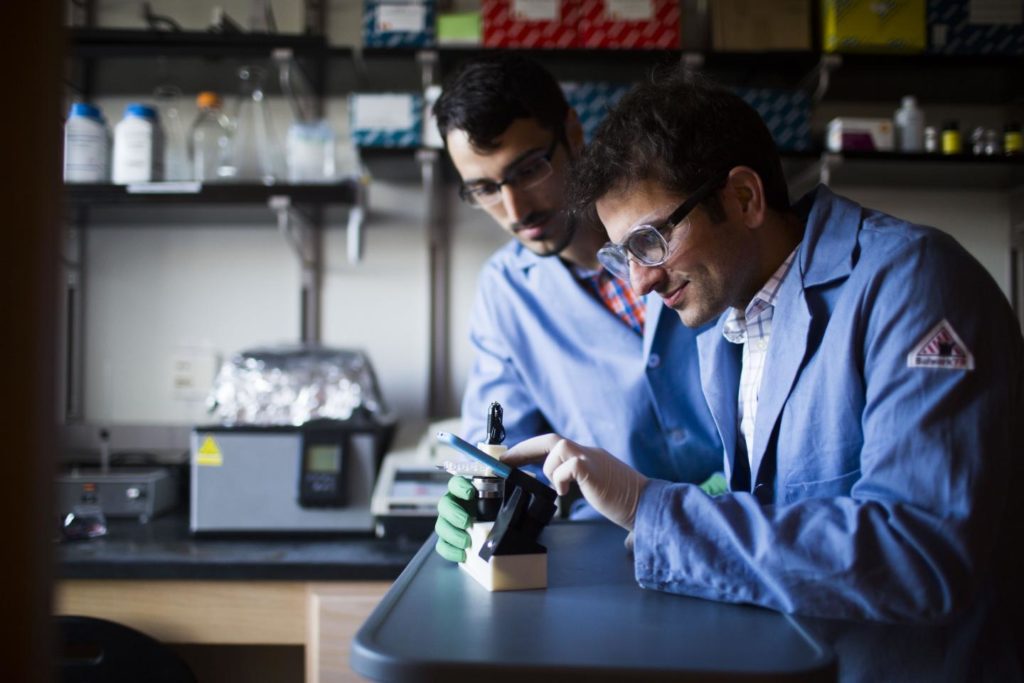
DNA ‘origami’ takes flight in emerging field of nano machines
Nanoscale devices open new era in biomedical research and materials science
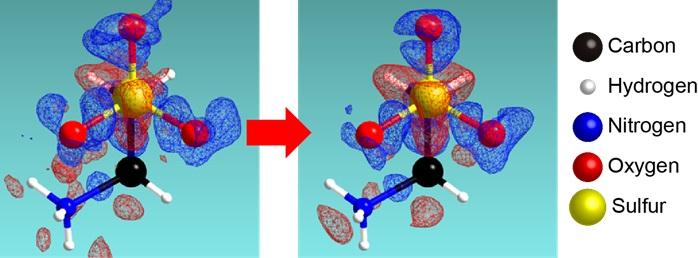
Statistical inference to mimic the operating manner of highly-experienced crystallographer
Prior evaluation of crystal structure analysis using a small data set
Dartmouth research advances noise cancelling for quantum computers
Experiment with MIT marks important step in development of more precise qubit systems

New sample holder for protein crystallography
Easier handling and less risk for fragile crystals
Spin devices get a paint job
Simple copper becomes an effective spintronic component thanks to molecular film
Future of portable electronics — Novel organic semiconductor with exciting properties
Researchers synthesize a new substance that can potentially be adapted to form a semiconductor with
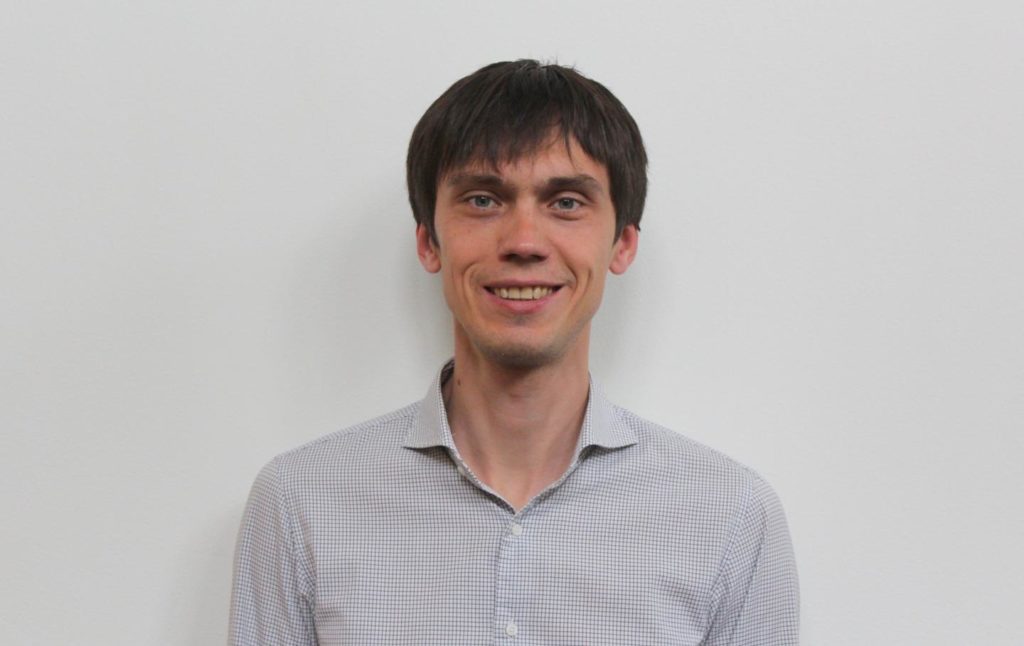
Breakthrough Foundation honors UW researcher studying ‘exotic’ states of matter
Lukasz Fidkowski, an assistant professor of physics at the University of Washington, is one of the winners of a 2020 New Horizons in Physics Prize from the Breakthrough Foundation. The prize to early-career scientists, announced Sept. 5, recognizes Fidkowski and…

AIP Endowed Professor in History of Natural Sciences named at University of Maryland
Melinda Baldwin will join faculty starting in fall 2020
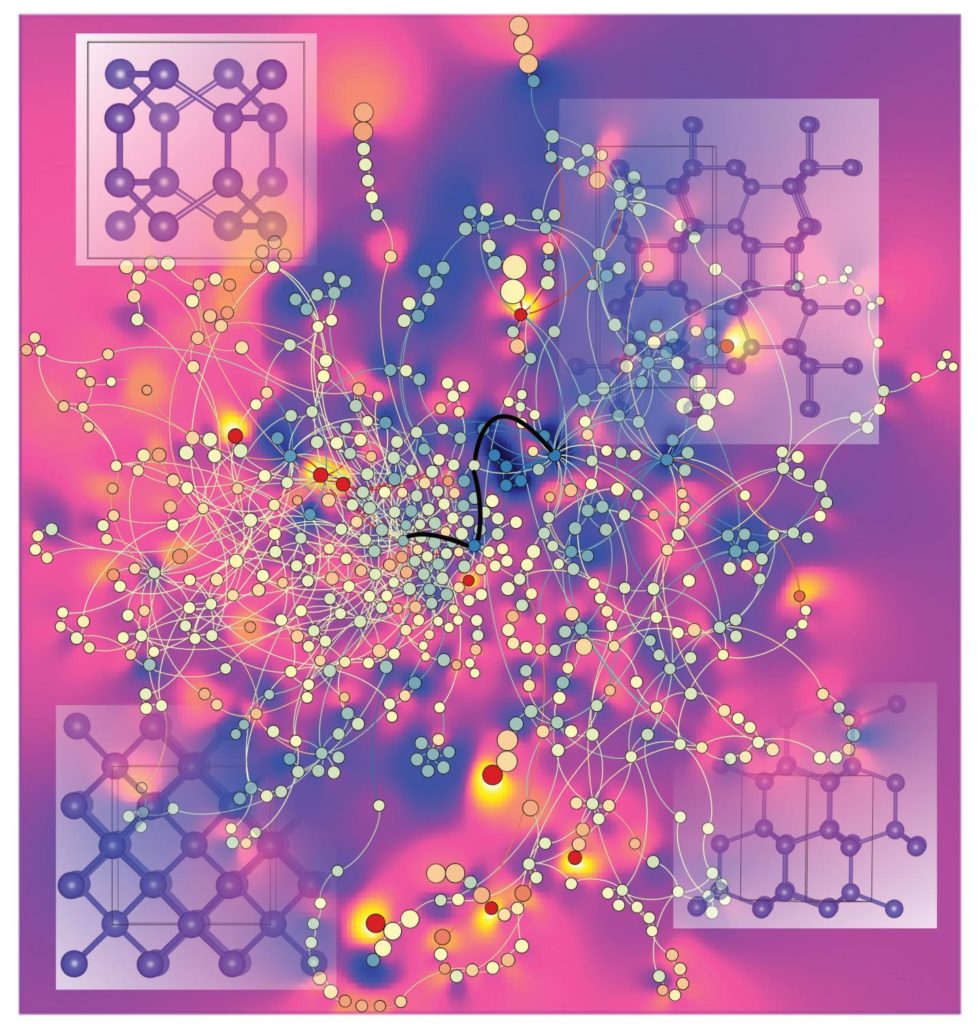
A “GPS” to guide the discovery of new materials
The ability to accurately predict synthetic pathways to create new materials and control their prope
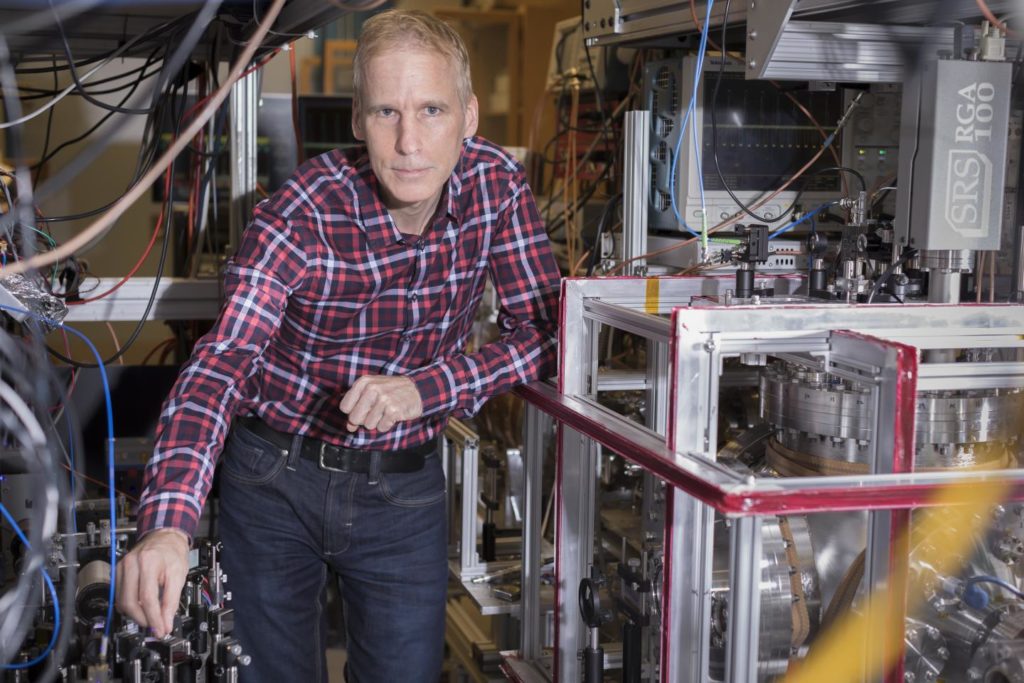
Scientists measure precise proton radius to help resolve decade-old puzzle
York University research confirms protons are smaller than expected
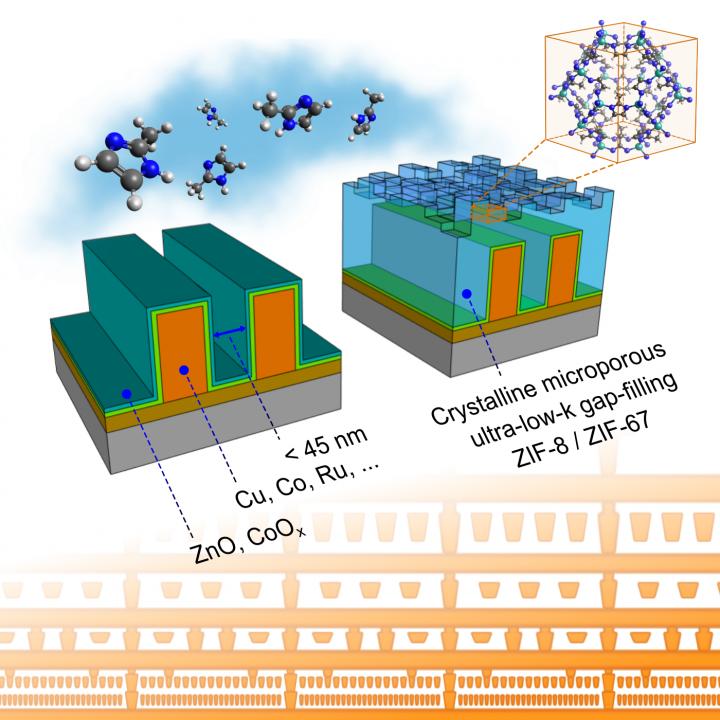
New insulation technique paves the way for more powerful and smaller chips
Researchers at KU Leuven and imec have successfully developed a new technique to insulate microchips. The technique uses metal-organic frameworks, a new type of materials consisting of structured nanopores. In the long term, this method can be used for the…
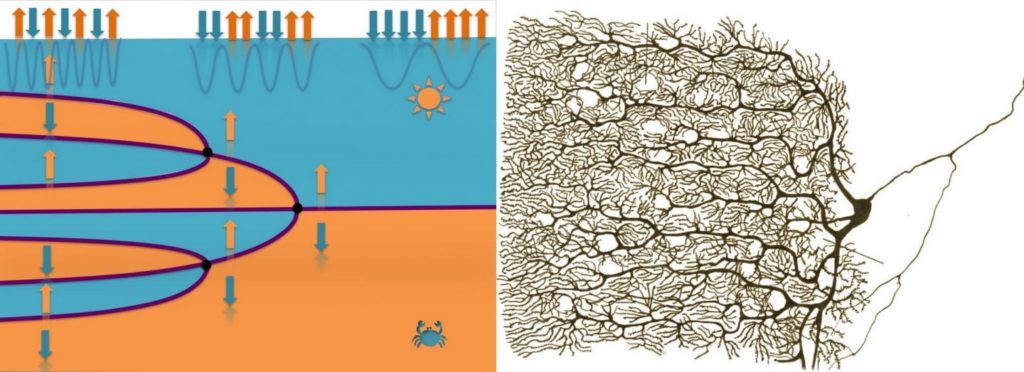
At the edge of chaos, powerful new electronics could be created
Study shows how ferroic materials could be used to create adaptable neuromorphic electronics
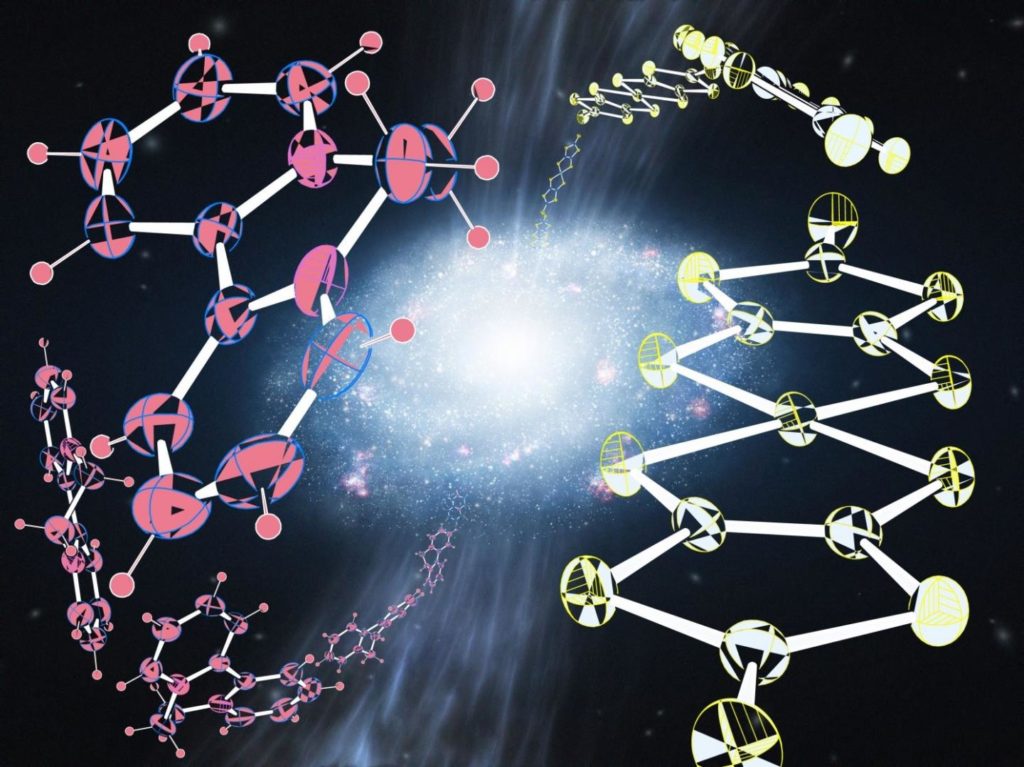
A unique conducting state under UV-irradiation
A molecular insulating crystal reversibly exhibiting a metal-like, highly conducting state found und
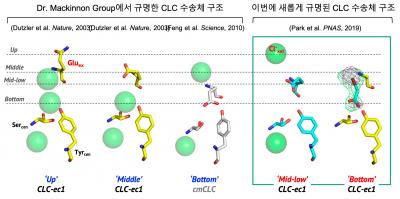
Mechanism of epilepsy causing membrane protein is discovered
The team lead by Dr. Lim Hyun-Ho of Korea Brain Research Institute published its paper in Proceeding
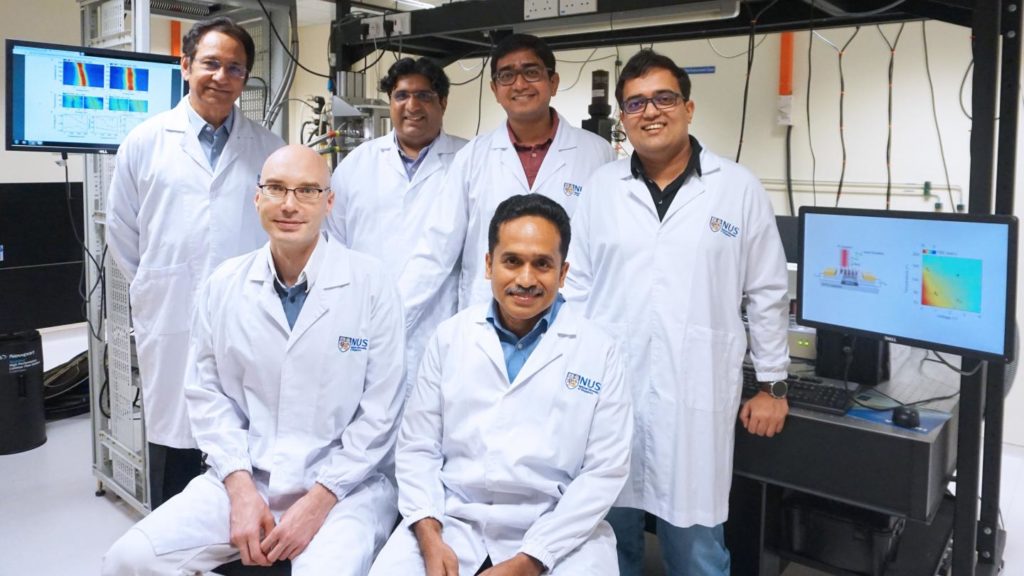
NUS researchers discover unusual ‘quasiparticle’ in common 2D material
The new quasiparticle, named ‘polaronic trion’, enables significant tunability in the optoelectronic
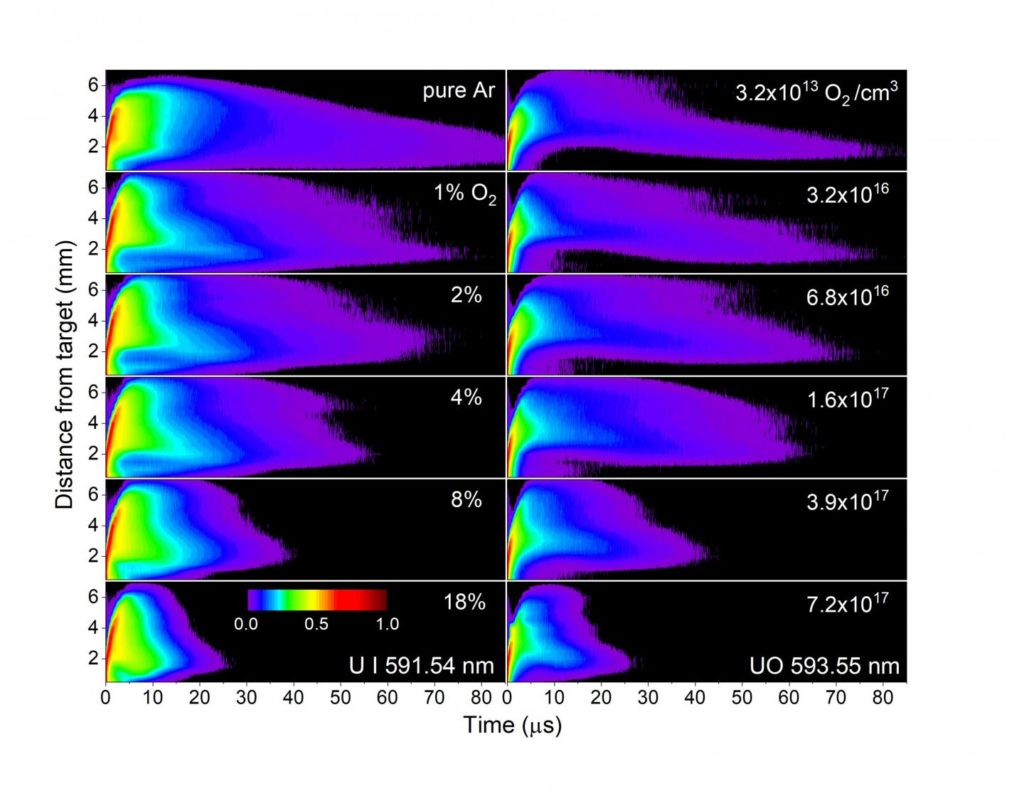
Laser-produced uranium plasma evolves into more complex species
Mapping the evolution of complex uranium oxide species has practical applications from Mars explorat
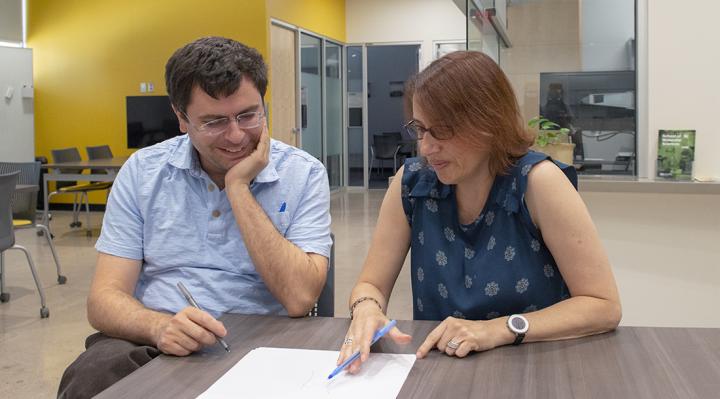
ASU researchers use new tools of data science to capture single molecules in action
In high school chemistry, we all learned about chemical reactions. But what brings two reacting molecules together? As explained to us by Einstein, it is the random motion of inert molecules driven by the bombardment of solvent molecules. If brought…
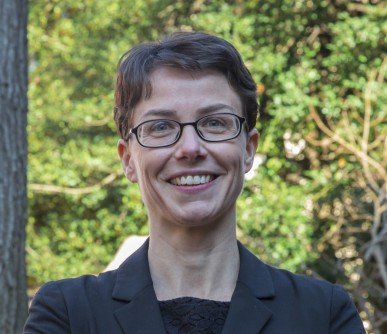
Blavatnik Awards for Young Scientists Announces 2019 National Laureates
An ecologist from Stony Brook University, a theoretical physicist from University of Colorado Boulder and a chemical biologist from Harvard University Three female scientists have been named Laureates of the Blavatnik National Awards for Young Scientists, each receiving $250,000, the…